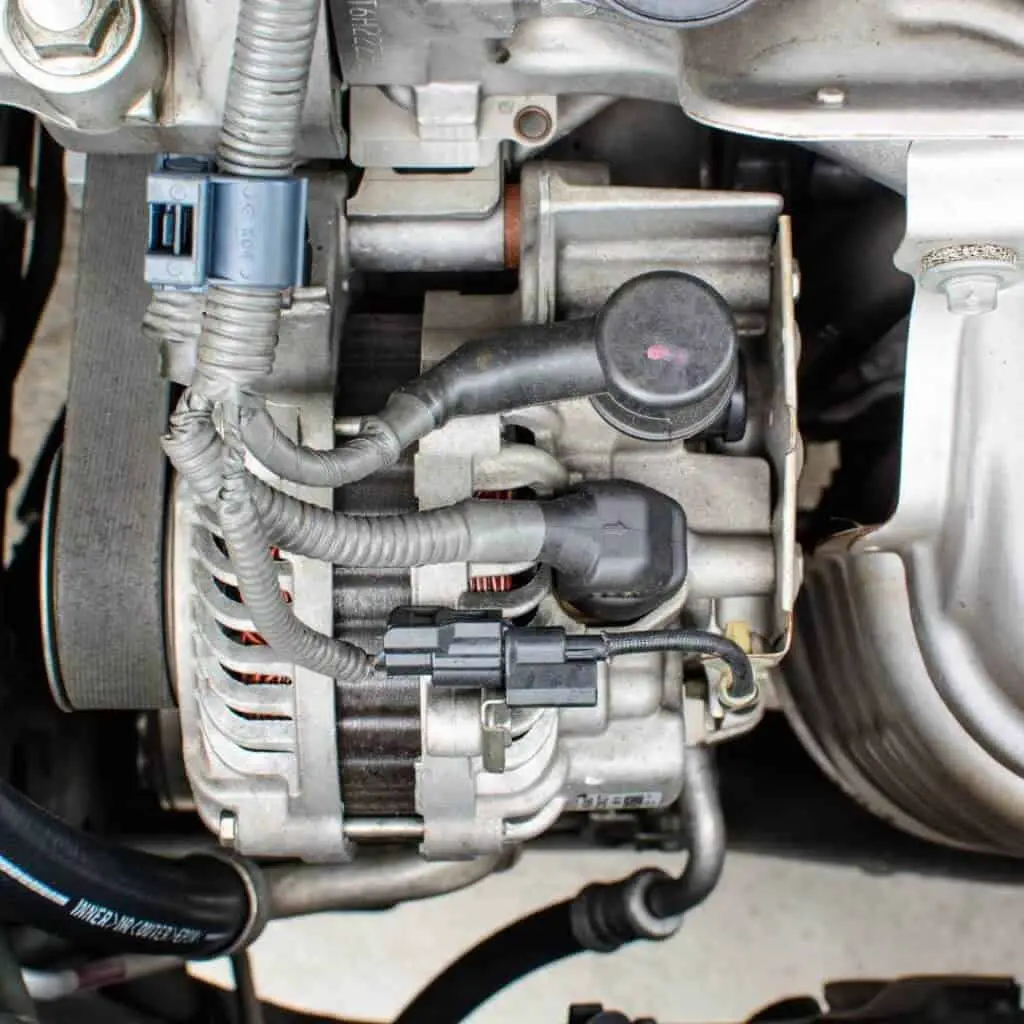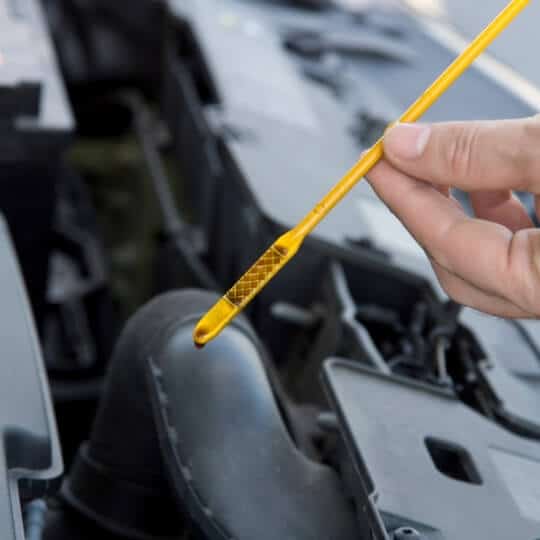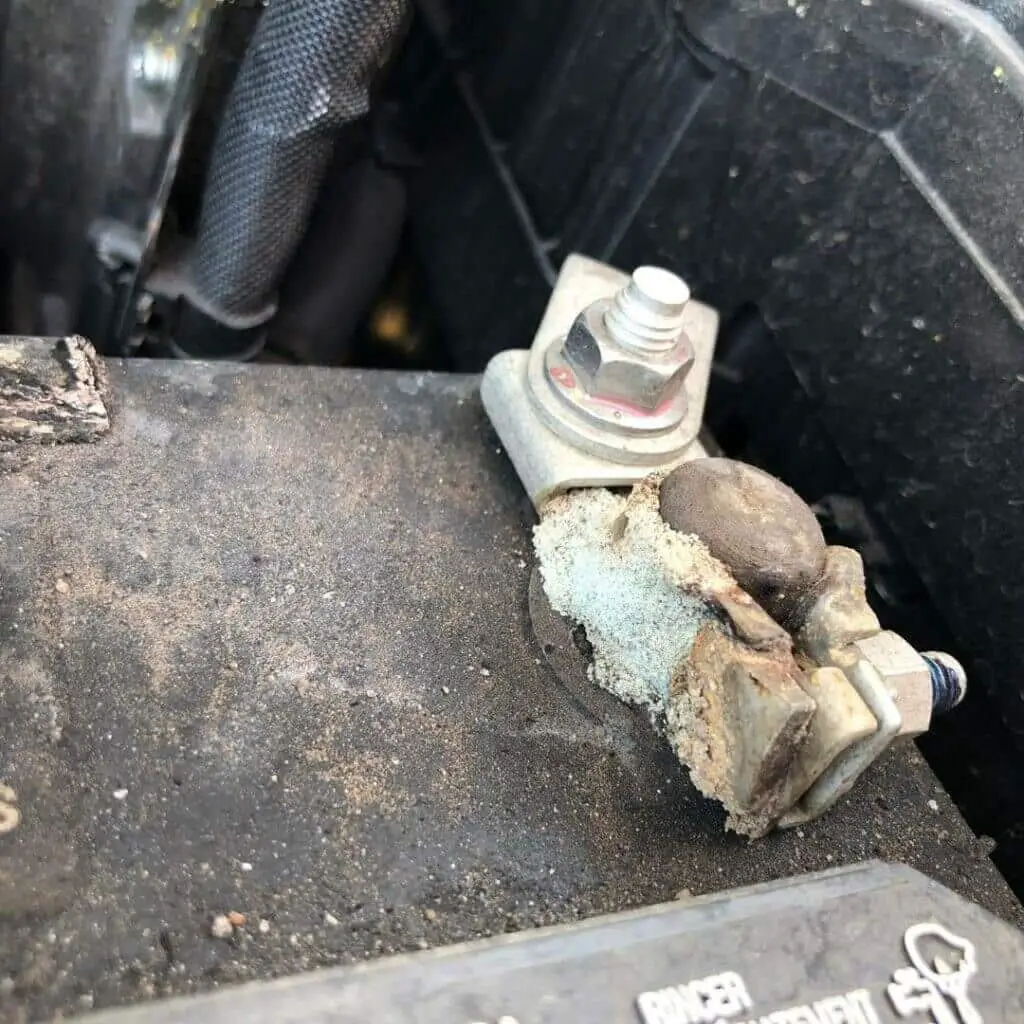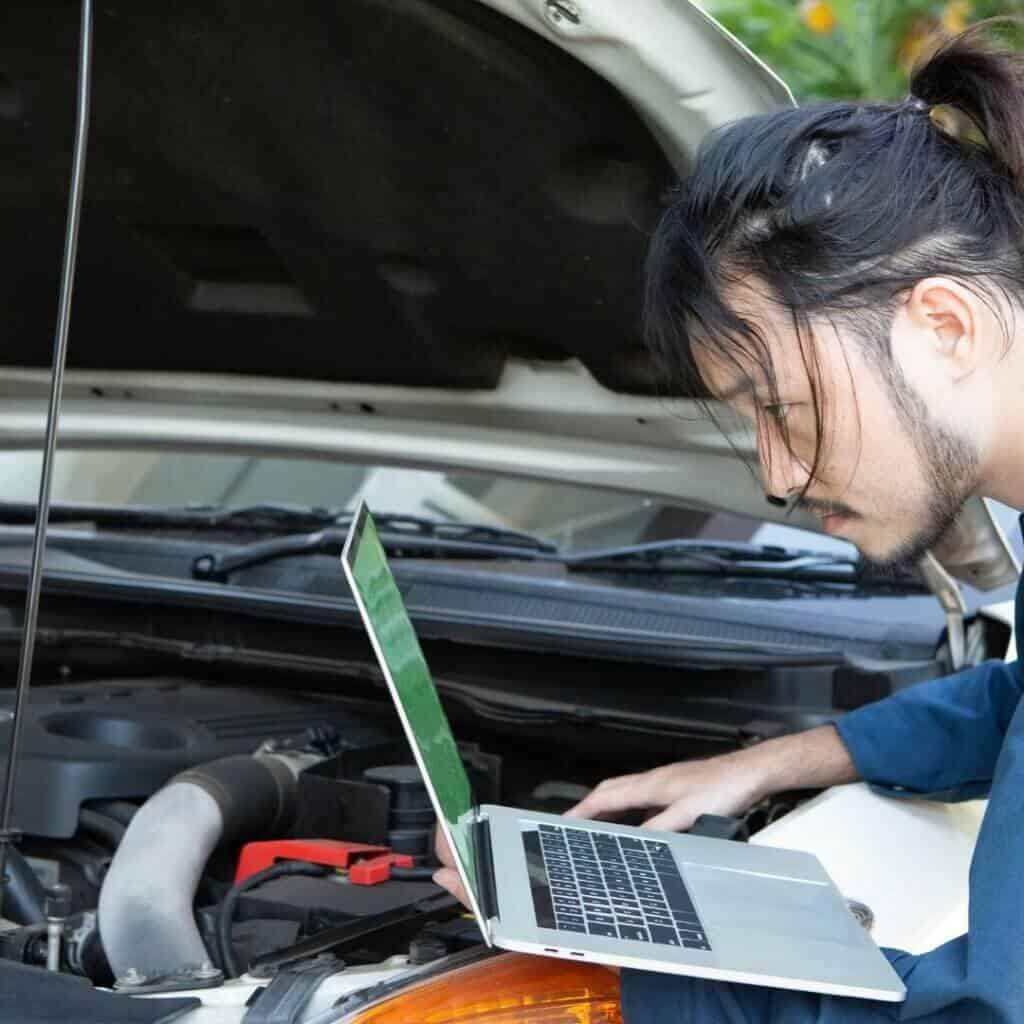Nothing beats that feeling when you see the fuel gauge hit ‘full’ at the petrol station–especially if you’ve been running on ’empty’. You can heave a sigh of relief on having made it to the station before your car stalled and left you stranded on the road. But are there any disadvantages of a full tank of petrol?
There are three kinds of people,
- The ones who fill their tank up to ‘full’ always
- The ones who fill the tank moderately. This lasts from 3 days to a week.
- The ones who minimally fill the tank. This person has to refill every day or every other day.
We will definitely highlight the advantages and disadvantages of a full tank of petrol.
Let’s start with the good side.
Advantages of a Full tank of Petrol
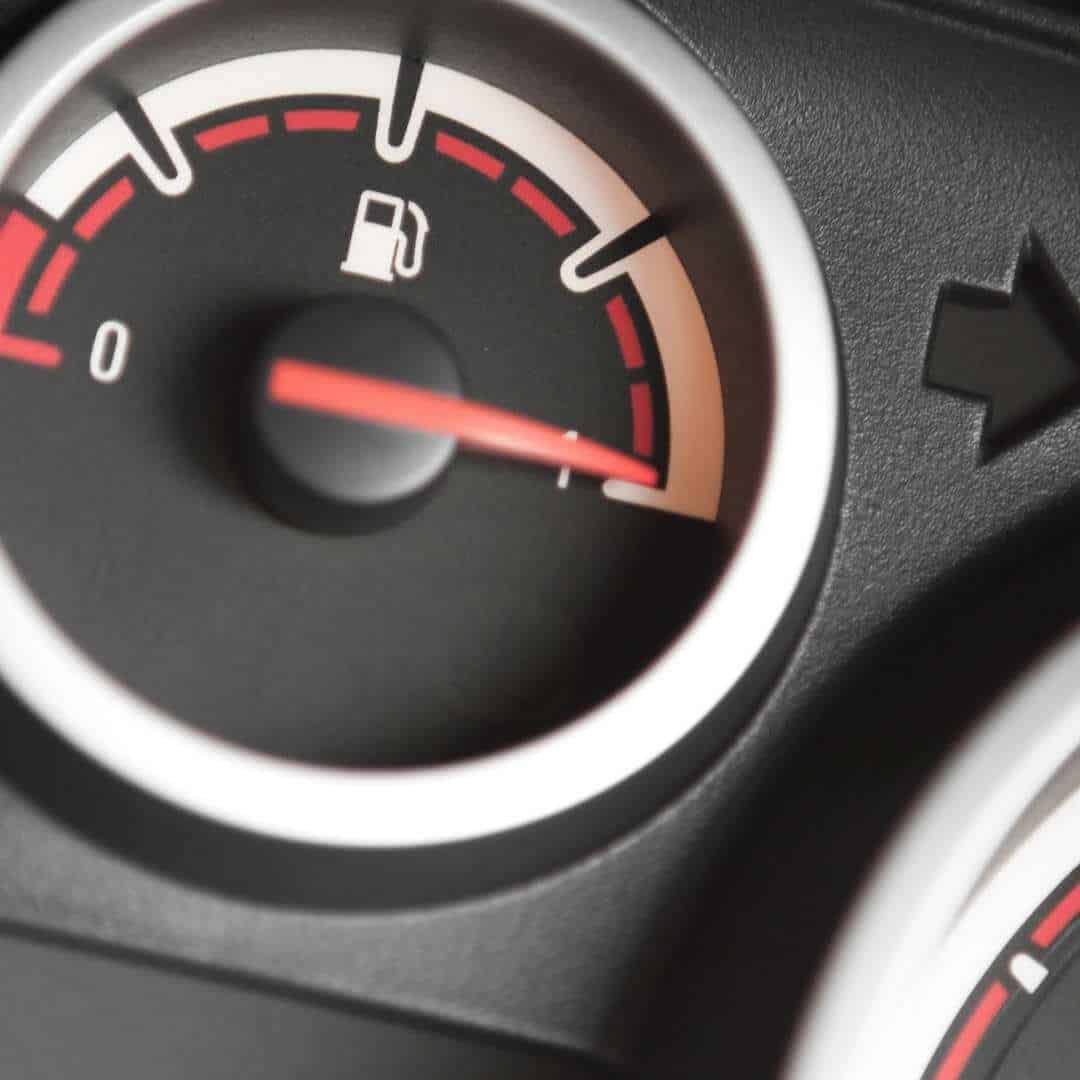
Filling up your petrol tank brings you not only immense satisfaction and confidence but also other benefits.
The most obvious reason is that filling up your petrol tank will mean fewer visits to the petrol station. This means fewer miles will be driven, and more money will be saved. But this depends on how far the petrol station is from your house. If the station is close by or on the route to/from your home, this cancels out this benefit.
Filling up your petrol tank will reduce the chance of tank condensation. How? Let me explain. When there is a temperature difference between the air outside the tank and the fuel inside the tank, condensation can form.
This condensation can then make its way into the fuel pipe, causing performance issues- like a reduction in fuel efficiency. But this only occurs in older vehicles, so if your car is new, this does not affect you.
Disadvantages of a Full Tank of Petrol
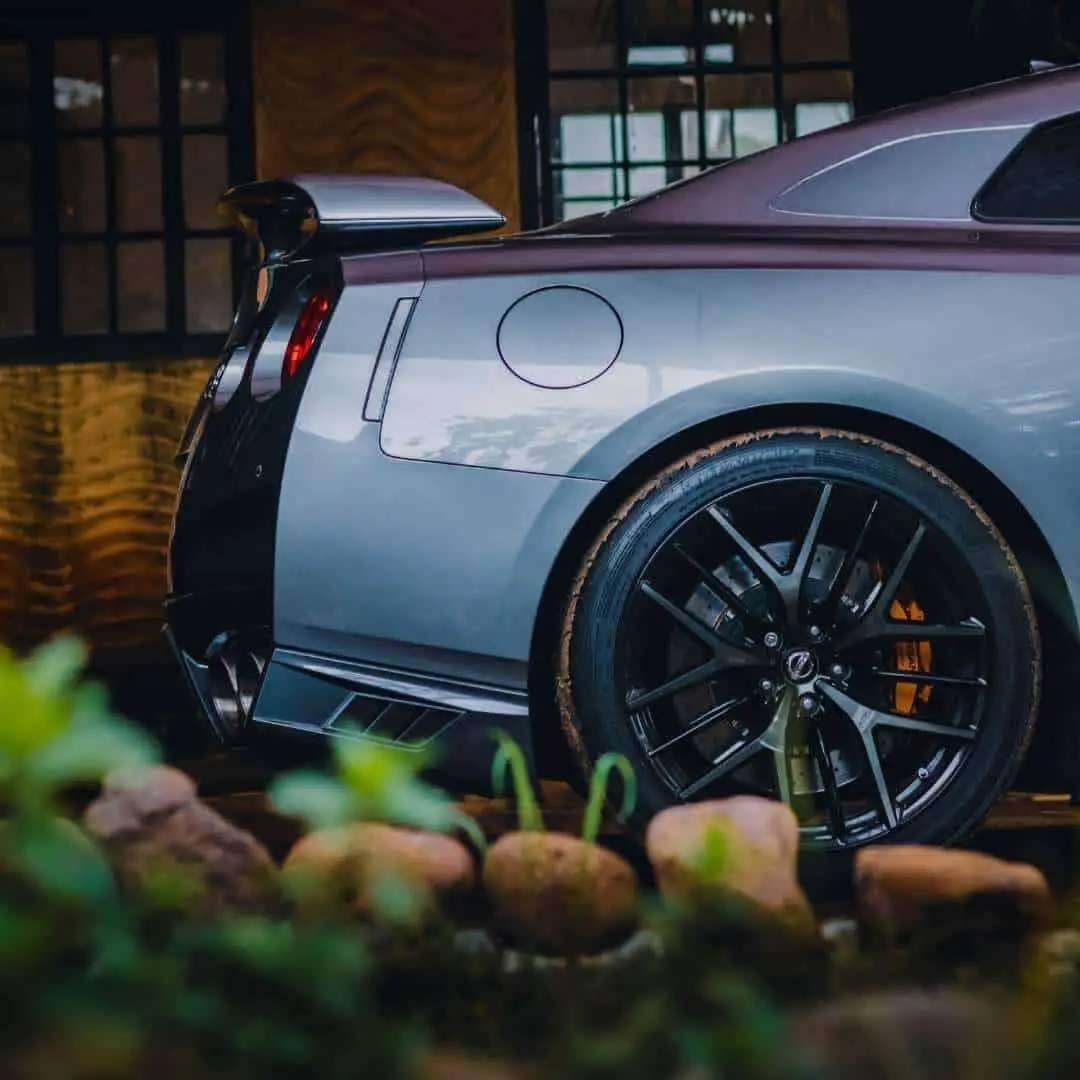
1. A Heavier Car Weight
A full tank of petrol adds to the overall weight of your car. Driving around with that additional weight in your vehicle would reduce its fuel economy. But the fuel in the tank only weighs a small percentage of the overall vehicle weight- about 5%. Choosing to fill up your tank halfway will only reduce the weight by 2.5%.
2. Escape of vapor needed by the car’s engine
When you store gasoline/diesel in a plastic container, gas escapes the moment you open it. That is the vapor of the fuel. Also, have you noticed that the quantity of gasoline you stored for a long time has been reduced? This is because gasoline also evaporates.
When you fill-up your tank, the vapor produced by the fuel escapes into the atmosphere. This is normally because there is no place for the vapor to settle. After all, you filled the tank to the brim. This vapor is needed for the proper combustion process in your engine. This evaporated vapor can also be directed into the passenger compartment of your car, and you may end up inhaling it.
When drivers refuel, gas vapors can escape and contribute to smog and harmful air pollution. To combat the release of these vapors, most gas stations have installed special gas pump nozzles that include the rubber boot to block vapors from escaping.
Also, gasoline sitting in your fuel tank will start to degrade after a month due to its exposure to air. Oxidation and an unwanted accumulation of water in the fuel can occur over time. A gas tank is not airtight; therefore, gasoline is exposed to plenty of oxygen. This exposure can degrade it.
3. Too much pressure on the fuel tank
If you have taken the time to notice, you will discover that when you fill up a gallon with fuel and the gallon is exposed to heat, and it will begin to expand. This is because the pressure is generated when gasoline reacts with heat.
Most cars use a plastic fuel tank to avoid the corrosion of fuel. In the hot summers, your vehicle can get very hot, and if this heat gets to the fuel tank. The fuel tank will begin to expand due to this pressure. Over time, this expansion can weaken your tank.
Fortunately, a full tank of gas cannot explode even in the hottest of summers. This is because gas cannot ignite itself unless a spark is introduced. The only instance where a gas tank can explode is when the gas gets heated to almost 500 degrees Fahrenheit. This temperature is virtually impossible to reach, even if the sun shines its hottest.
4. It can ruin the Charcoal canisters of your vehicles
The car manufacturers, having noticed that the vapor the fuel in your tank produces could be excess at times, have installed charcoal canisters as part of the car’s emission control system. These canisters store excess vapor that the fuel produces safely and send it to the engine for combustion when needed.
When this vapor is unavailable due to evaporating into the environment, the canister is forced to work with liquid fuel. This could potentially cause damage to your charcoal canisters.
Why Should You Not Drive on ‘Empty’?
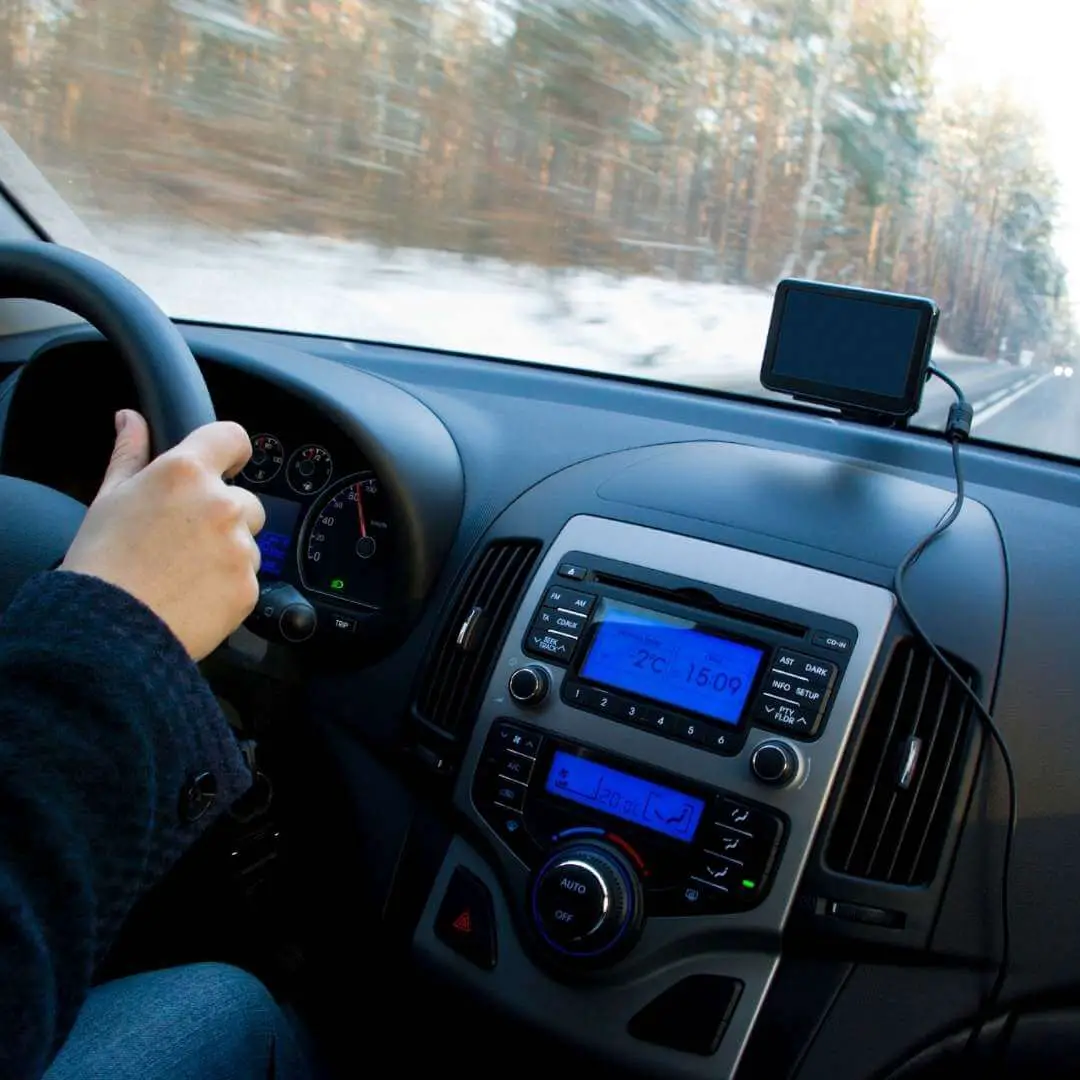
All that being said, it is also not advisable to run on ’empty’ because that can also cause damage to your vehicle.
- Fuel usually contains dirt, contaminants, or sediments. These sediments typically settle at the bottom of your gas tank and turn into sludge over time. If you run on empty, there is a high probability that this sludge will be sucked up by the fuel pump and carried into your engine. If enough contamination gets past the pump’s intake filter, it can jam the pump and stop the engine immediately
- The most common cause of fuel pump failure is frequently running the tank low on fuel, which causes the motor to overheat. This is because the fuel in the tank acts like insulation and lubricant for the fuel pump. When your tank is low on fuel, the fuel pump overworks itself, trying to draw fuel. This can put stress on the fuel pump, causing it to overheat to meet up with the demands. Over time, this will cause your fuel pump to wear out.
- There are places where the weather can get pretty chilly in winter, and the temperatures drop to less than zero. With an empty tank, there is a higher chance for water condensation to form in the gas tank and fuel lines. This does not mean that condensation does not develop in full tanks. But with an empty tank, there is a lot of space for condensation to form.
- Your car can stall at any time. I’ve known a few people who enjoy the challenge of pulling up to the gas station running on fumes. Sure, they’ve lost the game a few times and had to walk to the nearest station, buy a gas can and walk back to where their trusty vehicle finally gave up. But I don’t advise you to play such a game constantly.
How many miles can your car run on ‘Empty’?
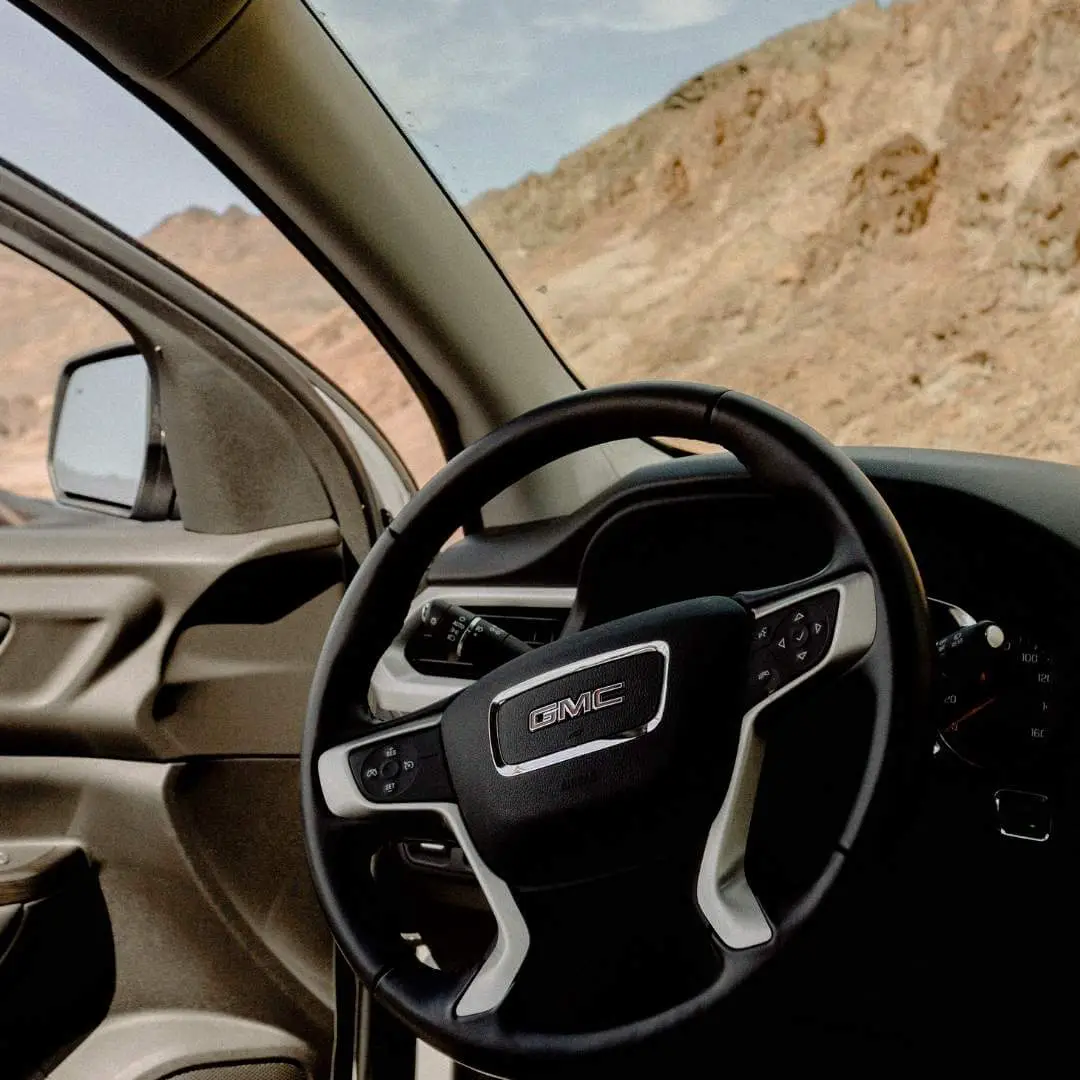
I’m aware that human error can sometimes occur, and also, some situations can leave you with an empty tank. So, it’s important to know how many miles you can actually drive when your gauge hits ‘E’ before your car completely stalls.
Most cars will illuminate the light when there are about 2 or 3 gallons (7.5 to 11 liters) left. Some bigger vehicles, like trucks and SUVs, light up the empty indicator when there are about 4 gallons (15 liters), or about 1/16th of a tank. So, knowing your MPG, you can estimate how many miles you can cover before the engine stops.
Some newer cars have a display in the instrument cluster that keeps a running tally of your range or how many miles you can drive on your current gas tank. These displays are pretty accurate, but again, they are just estimates. And these estimates can vary due to weather conditions, quality of roads, and other factors.
Based on data from 93 vehicles, 1,052 fuel-ups, and 255,227 miles, the 2022 Jeep Wrangler gets a combined average MPG of 18.85 with a 0.34 MPG margin of error.
The average price of filling up a 2022 Jeep Wrangler tank with regular gas in the US is $69.65. This price may slightly increase or decrease based on the different states.
A jeep wrangler, on average, has about 2.8 gallons of fuel remaining when the fuel gauge hits empty. This can go for about 47-58 miles.
Read Next: Problems After Using Seafoam
What is the best level to keep fuel in your tank?
It is advisable to have at least a ¼ tank of fuel in your car. When filling up your tank, it is also better to fill it up 85%-90% rather than filling the tank to the brim – over and above the fuel cap
Read Also: Best Cold Air Intake For Camaro SS

